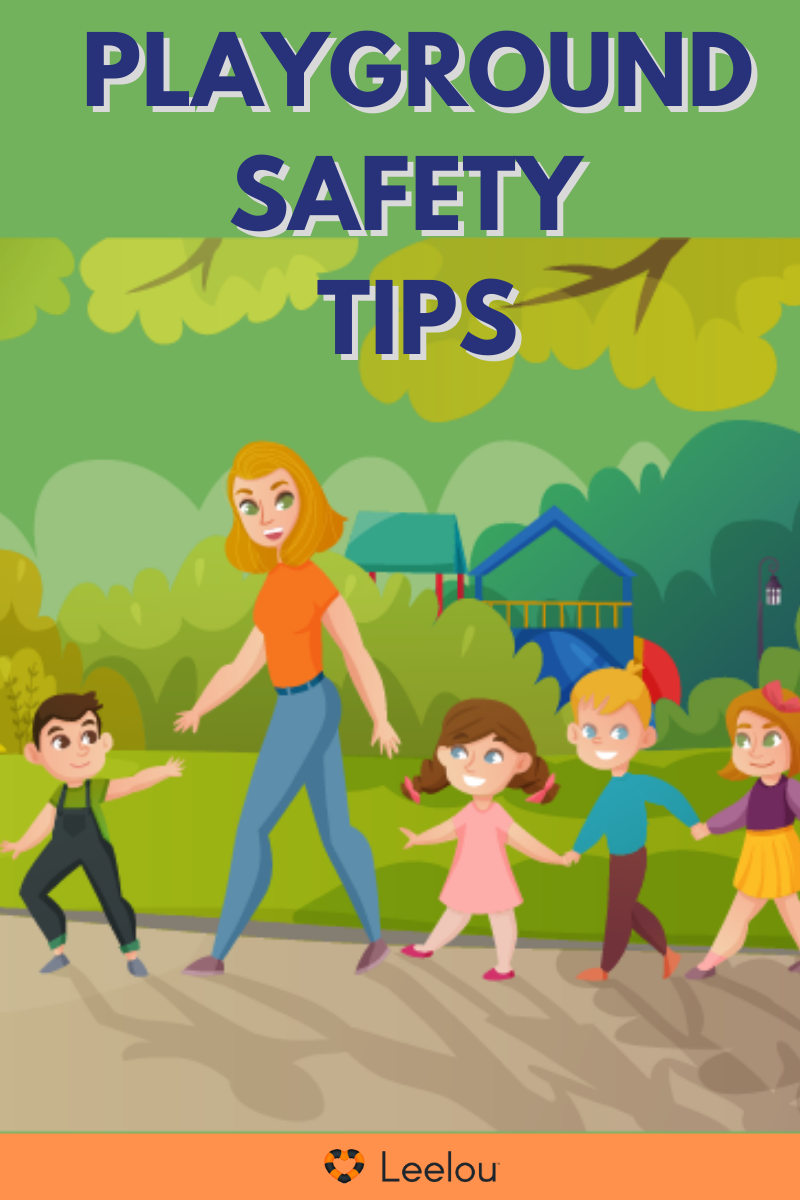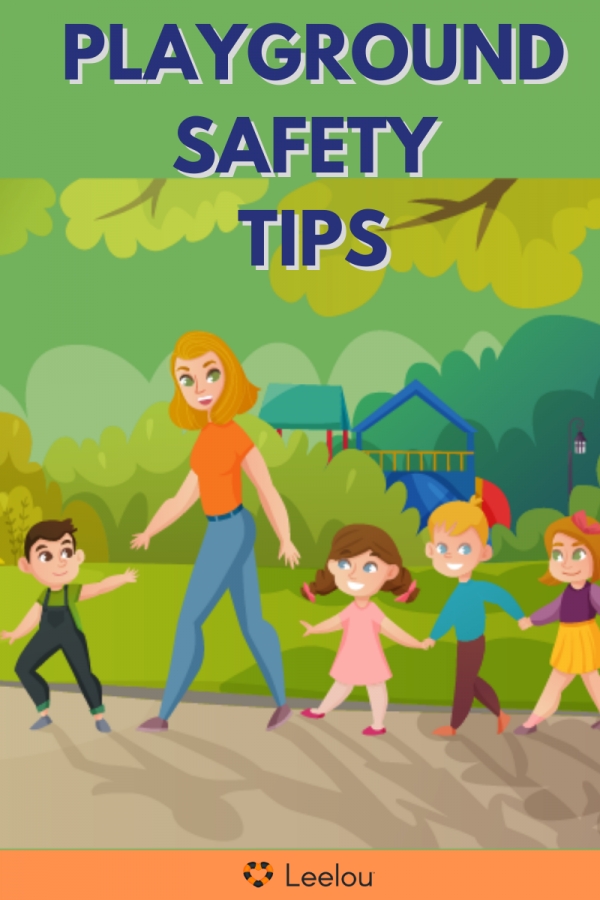
Playgrounds and outdoor play equipment offer kids fresh air, friends, fun, and exercise. But it's important to make sure that faulty equipment, improper surfaces, and unsafe behavior don't ruin the fun.
You can make the playground entertaining and safe for your kids by checking equipment for possible hazards and following some simple safety guidelines.
Adults can help prevent injuries by making sure kids properly use playground equipment. If an injury does happen, an adult can help the child and give any needed first aid right away. Kids should always have adult supervision on the playground. Keep your eyes on young kids (and sometimes older ones) because they can't always be sure of distance and may not expect dangerous situations. Older kids like to test their limits on the playground, so it's important for an adult to keep them in check.
Before you visit a playground, check to make sure that play areas are designed to allow an adult to clearly see kids while they're playing on all the equipment.
Another key part of playground safety: Kids must know how to be safe and act responsibly at the playground.
Kids should know to:
- Never push or roughhouse while on jungle gyms, slides, seesaws, swings, and other equipment.
- Use equipment properly — slide feet-first, don't climb outside guardrails, no standing on swings, etc.
- Always check to make sure no other kids are in the way if they're going to jump off equipment or slide, and land on both feet with their knees slightly bent.
- Leave bikes, backpacks, and bags away from the equipment and the play area so that no one trips over them.
- Always wear a helmet while bike riding, but take it off while on playground equipment.
- Never use playground equipment that's wet because moisture makes the surfaces slippery.
- Check playground equipment in the summertime. It can become uncomfortably or even dangerously hot, especially metal slides, handrails, and steps. So use good judgment — if the equipment feels hot to the touch, it's probably not safe or fun to play on. Contact burns can happen within seconds.
- Wear clothes without drawstrings or cords. Drawstrings, purses, and necklaces could get caught on equipment and accidentally strangle a child.
- Wear sunscreen when playing outside even on cloudy days to protect against sunburn.
Safe Equipment Guidelines
Swings, slides, and climbing equipment have different safety concerns. And some kinds of equipment are not safe for playgrounds, no matter how careful kids are.
Swing Safety
Swings are the most common source of childhood injuries from moving equipment on a playground. But a few simple precautions can help keep kids safely swinging:
- Swings should be made of soft material such as rubber or plastic, not wood or metal.
- Kids should always sit in the swing, not stand or kneel. They should hold on tightly with both hands while swinging, and when finished swinging, stop the swing completely before getting off.
- Children should stay a safe distance from other kids on swings, being careful not to run or walk in front of or in back of moving swings.
- Kids should never ride with more than one child to a swing. Swings are designed to safely hold only one person.
Seesaw Safety
Using a seesaw requires cooperation between kids. They're generally not recommended for preschoolers unless the seesaw has a spring-centering device to prevent sudden contact with the ground. Regardless of design, both seesaws and merry-go-rounds should be approached with caution.
Other safety tips to keep in mind:
- Seesaw seats are like swings: one child per seat. A child who is too light to seesaw with a partner should find a different partner — not add another child to his or her side of the seesaw.
- Kids should always sit facing one another, not turned around.
- Teach kids to hold on tightly with both hands while on a seesaw, not to touch the ground or push off with their hands, and to keep feet to the sides, out from underneath the seesaw.
- Kids should stand back from a seesaw when it's in use. They should never stand beneath a raised seesaw, stand and rock in the middle, or try to climb onto it while it's in motion.
Slide Safety
Slides are safe if kids are careful when using them. Guidelines to keep in mind:
- Children should take one step at a time and hold onto the handrail when climbing the ladder to the top of the slide. They should not climb up the sliding board itself to get to the top.
- Kids should always slide down feet first and sitting up, never head first or on their back or stomach.
- Only one child should be on the slide platform at a time, and kids shouldn't slide down in groups.
- Kids should always check that the bottom of the slide is clear before sliding down. When they reach the bottom, they should get off and move away from the end of the slide so it's clear for other kids to slide down.
Climbing Equipment Safety
Climbing equipment comes in many shapes and sizes — including rock climbing walls, arches, and vertical and horizontal ladders. It's usually more challenging for kids than other kinds of playground equipment.
Be sure your kids are aware of a safe way down in case they can't complete the climb. The highest rate of injuries on public playgrounds are seen with climbing equipment. This is dangerous when not designed or used properly. Adult supervision is especially important for younger kids.
Climbing equipment can be used safely if kids are taught to use both hands and to stay well behind the person in front of them and beware of swinging feet. When they drop from the bars, kids should be able to jump down without hitting the equipment on the way down. Remind kids to have their knees bent and land on both feet.
Stranger Danger Tips when in a Playground
- Always play in an area where your parents or guardian can see you.
- Never approach or talk to a stranger that comes into the playground.
- If someone makes you feel unsafe, go back to your parent or guardian.
Download Leelou now! Available at Apple Appstore and Google Playstore


